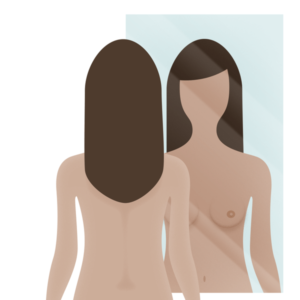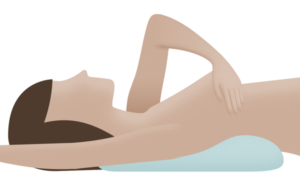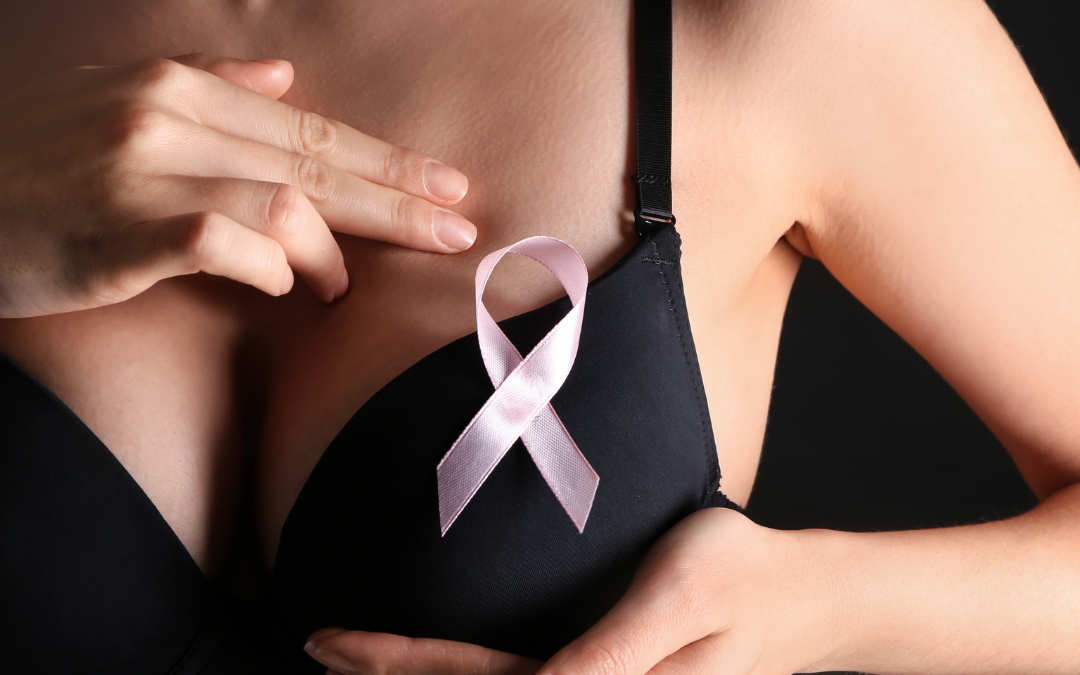I discovered my own breast cancer lump in August 2021 through a self-exam at 38 years old. If I had waited until my scheduled mammogram at 40, my diagnosis and treatment could have been much different. This experience highlights the importance of consistent self-exams as a vital tool in early breast cancer detection.
Why Breast Self-Exams Matter
According to the National Breast Cancer Foundation, 40% of breast cancers are detected by women who notice lumps or changes in their own breasts. Self-exams allow you to catch abnormalities early, which can lead to quicker diagnosis and better outcomes. Remember, breast cancer signs aren’t limited to lumps–changes in texture, color, and shape can also be important indicators.
How Often Should You Do a Self-Exam?
For menstruating women, the best time to perform a self-breast exam is a few days after your period ends, when hormonal changes subside, making it easier to detect abnormalities. For post-menopausal women, choose a consistent date each month. While BSEs are valuable, they should be done alongside regular mammograms and clinical exams. The American Cancer Society recommends annual mammograms starting at age 40 for women at average risk, but those with a higher risk may need to start earlier.
Step-by-Step Guide to Performing a Self-Breast Exam
Performing a thorough breast self-exam involves checking your breast tissue in three key positions: in the shower, in front of a mirror, and lying down. Here’s how:
- In the Shower
Use the pads of your three middle fingers and move them in small, circular motions. Start from the outer breast and work toward the nipple, checking the entire breast and armpit area. Apply light, medium, and firm pressure to feel all layers of tissue for any lumps or changes.
- In Front of a Mirror
Stand with your arms at your sides, then raise them overhead. Look for changes in size, shape, or skin texture, and check for nipple discharge or inversion. Flex your chest muscles to watch for dimpling or indentations.
- Lying Down
Lie flat with a pillow under one shoulder and raise the opposite arm. Using the same circular motions, check your breast and armpit areas, then switch sides.
Regularly performing self-exams in these positions can help you detect changes early.
What to Do If You Find a Lump
First, don’t panic. Most lumps–about 8 out of 10–are not cancerous. However, it’s crucial to have any lump checked by a healthcare provider to rule out cancer. Your doctor may recommend additional imaging tests such as a mammogram or ultrasound to determine the nature of the lump.
Track Your Family History
Family history plays a significant role in your breast cancer risk. If breast cancer runs in your family, you may want to start mammograms earlier or consider genetic testing for BRCA1 and BRCA2 gene mutations, which significantly increase your risk. Speak with your healthcare provider about your family history to develop a personalized breast health plan.
Beyond Self-Exams: Mammograms and Clinical Exams
Breast self-exams are an essential tool, but they don’t replace professional screenings. Mammograms are still the best method for detecting breast cancer early, often before a lump can be felt. For women at average risk, it’s recommended to start annual mammograms at age 40. Women at higher risk may need to start earlier or have additional tests such as breast MRIs. Clinical breast exams conducted by your doctor should also be part of your routine health care.
Make Self-Exams a Habit
Self-breast exams are quick, easy, and free–yet they can potentially save your life. Make this practice part of your monthly routine, combining it with regular mammograms and clinical checkups for optimal breast health.Â
Let’s prioritize our breast health not only during Breast Cancer Awareness Month but all year long. Stay proactive and encourage the women in your life to do the same–together, we can make a difference in breast cancer prevention and early detection. Until next time.
Always be kind x
Erica

